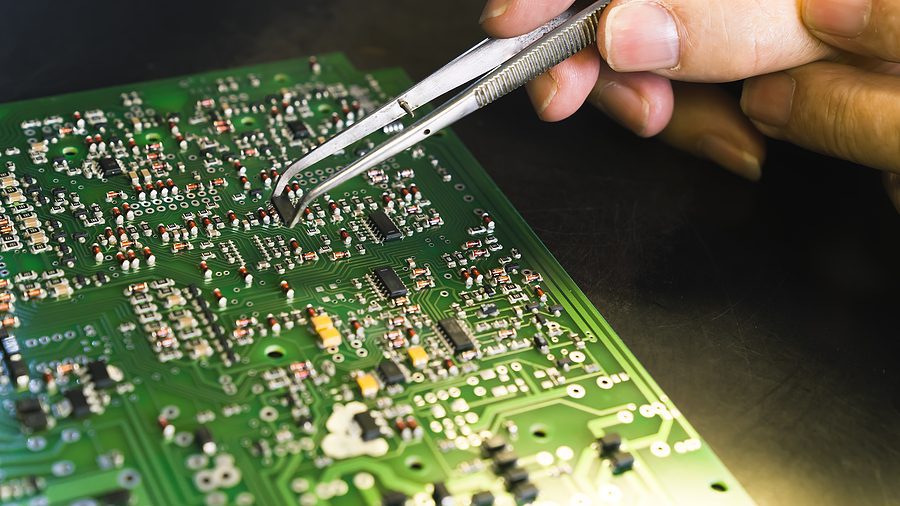Choosing the Right Electronic Enclosure for Your Project
After your PCB assembly from your ECM partner, it is time to consider the electronic enclosure. This enclosure will protect your PCB from the elements so it can function properly. Wind, water, dust, debris, heat, cold, and humidity can all interfere with the proper workings of your PCB, so the reliability of your enclosure is critical.

Material
Material is always a big concern when choosing the right electronic enclosure. The material you choose will be dependent on the environmental considerations, applications, and performance demands of the end product. The material chosen will impact the cost and fabrication process, so it is important to know what you need from the beginning. Some of the most popular materials are:
- Extruded Aluminum – easily modified, lighter than steel, and rust resistant, extruded aluminum is a smart choice, although it can be more costly.
- Stainless Steel – costly, but corrosion resistant and can improve performance, particularly when given a powder finish.
- Plastic – there are several different plastic composites that can be used for electronic enclosures. ABS plastic, polycarbonate plastic, polyester plastic, and PVC plastic are all options that have varying degrees of temperature ratings, ease of customization, and an affordable price point.
- Fiberglass – large temperature range, durability, and moisture resistance. Fiberglass can be more expensive in certain applications.
Environmental Considerations
Before you can choose a material, you need to look at the environmental considerations your product will be subject to. It’s important to know the extremes in temperature and humidity, as well as the prevalent conditions. Once you know where the product will be after completion, you can find the right electronic enclosure that will offer maximum protection.
Size and Shape
The size and shape of your electronic enclosure should be appropriate for the components it will hold. It needs to be large enough to accommodate all the components without crowding them, but not too large to waste space. The shape of the enclosure should also be considered based on the aesthetics of the product and its application.

Application
When choosing the electronic enclosure for your project, think about the overall product or market use. Product applications relate to the requirements of the physical enclosure. Will you need ease of access? Will the product require a duct mount or wall mount? Where the end product will be used, such as food plants, repair shops, areas, pools, parking garages, water treatment plants, or anywhere else, can make a difference when choosing the right electronic enclosure.
Modification of Standard Enclosures
While standard electronic enclosures may work for some devices, in other cases, modification may be necessary for the best performance. Consider the size, use, and environmental needs to customize an enclosure that will work best. Working with your ECM for a Design-for-Manufacturability analysis prior to assembly can help you find the best design that will work well with the enclosure. If your product requires unique features, customization can include modifications to the size, shape, color, or material of the enclosure, as well as the addition of cutouts, vents, or special hardware.
Performance Standards
Understanding each enclosure and what the enclosure is rated to do will allow you to understand the level of protection the enclosure offers. The settings are standardized for hazardous and non-hazardous locations. This will help you look at where your device will be utilized and what standards you will need to meet.
Selecting the right electronic enclosure is crucial for the protection and durability of your electronic product. When you partner with an experienced turnkey ECM, they will guide you through the selection process to build your electronic enclosure, and consider factors such as material, size, environmental conditions, customization, mounting, and regulatory requirements. Careful consideration of these factors will ensure that your electronic product is safe, secure, and functional for its intended use. To learn more about our in-house capabilities, or to get a quote on your next project, contact Levison Enterprises today.
Start Your Quote Now!